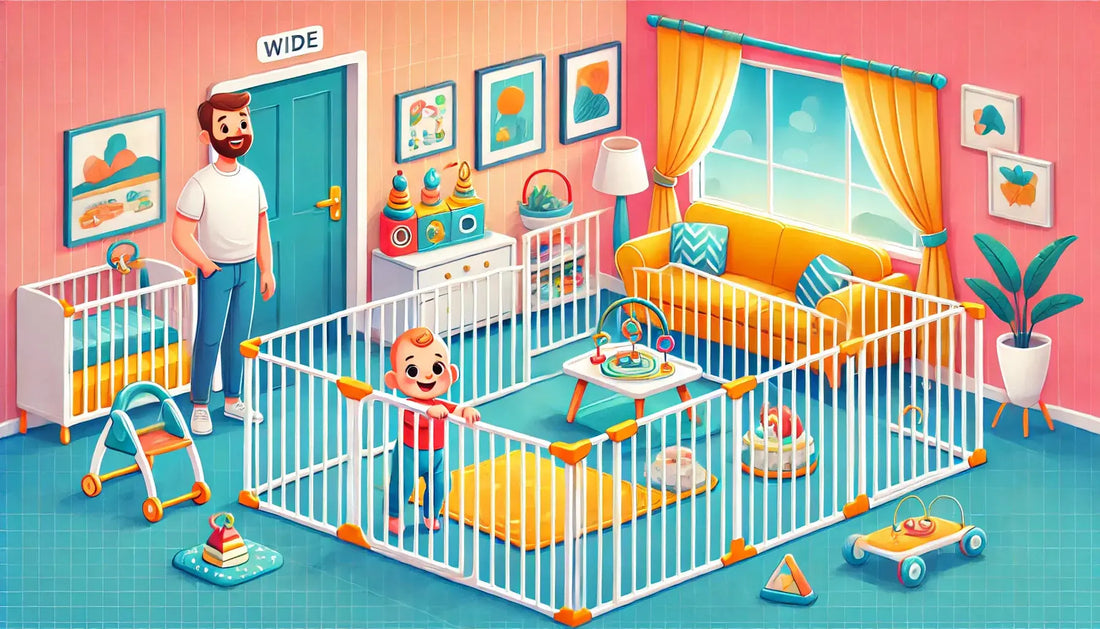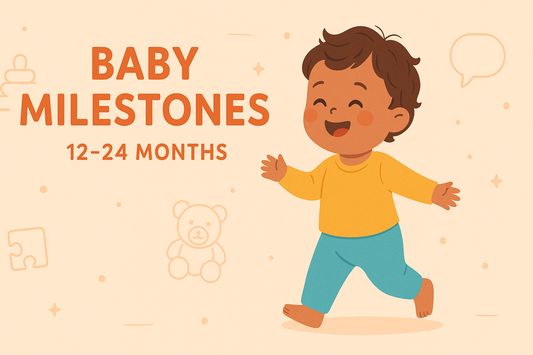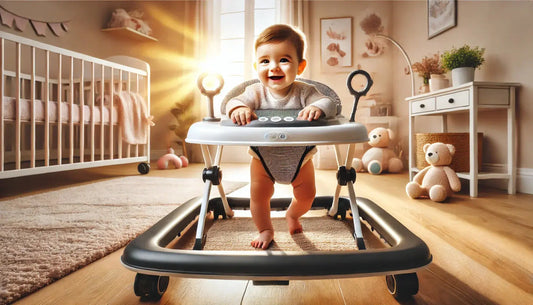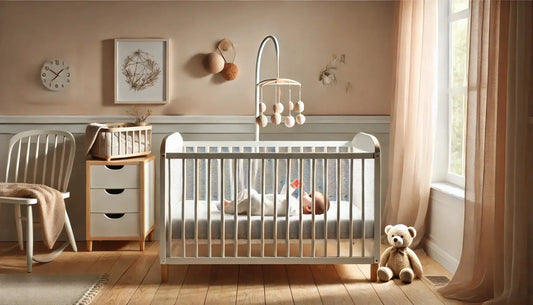
Safety Tips for Baby-Proofing Your Home
Share
Your baby's safety is paramount as they begin exploring the world around them. Baby-proofing is an essential step in creating a secure environment where your little one can grow and thrive. From covering sharp edges to securing furniture, these safety tips will guide you through the process of making your home baby-friendly.
What Is Baby Proofing?
Baby-proofing involves safeguarding your home to protect your child from potential hazards. This includes securing heavy furniture, covering electrical outlets, locking away dangerous items, and adding barriers to risky areas such as stairs and windows. It’s about minimizing risks while encouraging safe exploration.
To effectively baby-proof your home, consider these core steps:
- Install safety devices on windows, doors, and drawers.
- Add baby gates to staircases and other hazardous areas.
- Secure loose items like cords and furniture to prevent accidents.
- Remove or lock away small, sharp, or toxic objects.
Remember, no safety measure can replace parental supervision. Always stay vigilant.
When Should You Start Baby-Proofing?
The ideal time to start baby-proofing is before your baby begins crawling. Many parents find the second trimester of pregnancy a good time to tackle this task, as it provides ample time before the baby arrives. However, baby-proofing is an ongoing process that evolves as your child grows and becomes more mobile.
Double-check all safety measures before your baby begins walking or climbing, as new risks will emerge. Regularly reassess your home setup as they grow taller and more curious.
Room-by-Room Baby Proofing Guide
Living Room
- Secure Furniture Anchor bookshelves, TV stands, and heavy furniture to prevent them from tipping over.
- Protect Sharp Edges Install corner protectors on tables and low furniture to cushion any accidental bumps.
- Organise Cords Tie up or hide electrical cords to eliminate tripping and strangulation hazards.
Kitchen
- Install Cabinet Locks Use magnetic or mechanical locks on lower cabinets to keep cleaning supplies, knives, and sharp objects out of reach.
- Turn Pot Handles Inward While cooking, ensure pot handles are turned toward the back of the stove to prevent accidental spills.
- Secure Appliances Unplug appliances when not in use and store them safely to avoid accidental activation.
Bathroom
- Use Non-Slip Mats Place anti-slip mats in the bathtub to prevent falls during bath time.
- Lower the Water Heater Temperature Set your water heater to 46°C (115°F) or lower to avoid scalding accidents.
- Lock the Toilet Lid Install a toilet lid lock to prevent your child from exploring the toilet bowl.
Bedroom/Nursery
- Crib Safety Ensure your crib meets safety standards. Use a snug-fitting mattress and keep the crib free of pillows, blankets, and toys.
- Secure Changing Tables Anchor changing tables to the wall and never leave your baby unattended during diaper changes.
- Remove Dangling Cords Keep cords from blinds, lamps, and baby monitors out of reach to prevent strangulation.
Stairs
- Install Baby Gates Place sturdy baby gates at both the top and bottom of staircases.
- Block Gaps in Railings Cover gaps between wide railings with netting or boards to prevent your baby from slipping through.
Common Hazards to Watch For
Windows
- Install window restrictors to prevent them from opening more than 6.5 cm.
- Use cordless window coverings to eliminate strangulation risks.
Small Objects
- Regularly inspect floors for choking hazards like coins, buttons, or screws.
- Safely store batteries, particularly button batteries, as they pose severe risks if swallowed.
Tipping Hazards
- Always use anti-tip straps for furniture.
- Remove unstable items or objects that can be pulled down by a curious toddler.
Additional Tips for Outdoor and Utility Spaces
Garage/Basement
- Lock away tools, paints, and other hazardous materials.
- Keep garage doors and basement entries securely locked.
Yard or Garden
- Fence off ponds, pools, or other water features.
- Remove toxic plants and ensure outdoor play areas have soft ground coverings like grass, wood chips or sand.
Key Products to Consider
- Baby Safety Gates: Essential for blocking access to stairs and restricted areas.
- Corner Guards: Cushions for sharp table and furniture edges.
- Cabinet Locks: Secure cupboards and drawers with ease.
- Non-Slip Mats: Adds grip to slippery floors and bathtubs.
- Socket Covers: Protects against electrical hazards.
Final Thoughts
Baby-proofing is a journey that adapts to your child’s growth and development. By taking proactive measures, you can create a home that fosters exploration while keeping your little one safe. Regularly reassess and update your safety measures as needed. After all, nothing is more important than your baby's well-being and your peace of mind.
Let us know your baby proofing tips in the comments below!



